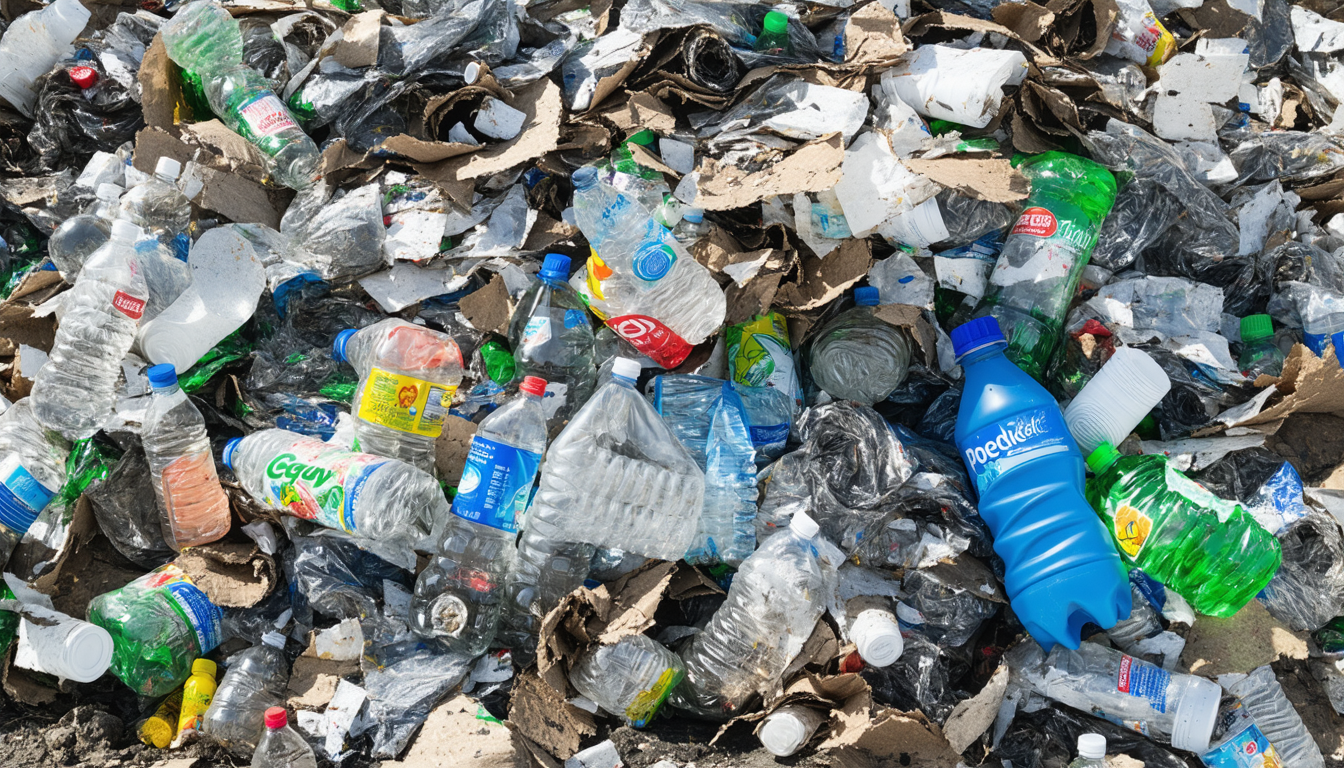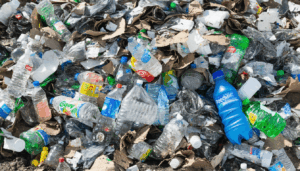In a significant shift toward sustainable waste management, the United States is witnessing unprecedented growth in effortless recycling solutions. Industry leaders unveiled several groundbreaking technologies this week aimed at simplifying the recycling process for consumers while maximizing material recovery rates. These innovations come as national recycling rates have plateaued at 32% over the past decade, prompting both government agencies and private companies to rethink approaches to waste diversion.
Smart Technology Transforms Residential Recycling
The integration of artificial intelligence and machine learning has revolutionized how Americans recycle at home. New smart bins launched by EcoSort Technologies can automatically separate materials, eliminating the confusion that has historically deterred consistent recycling habits.
“We’ve identified that sorting complexity is the number one barrier to household recycling participation,” said Maria Chen, CEO of EcoSort Technologies. “Our new systems use optical recognition to identify materials and sort them accordingly, removing the guesswork for consumers.”
These smart bins, which will be available to consumers starting next month, feature built-in compactors that reduce volume by up to 70%, allowing for less frequent collection and lower transportation emissions. Initial pilot programs in Denver, Atlanta, and Portland showed a 43% increase in recycling participation rates among households using the technology.
Major Retailers Introduce Incentivized Take-Back Programs
Several national retail chains have launched comprehensive take-back initiatives that reward consumers for returning packaging and used products. These programs represent a significant expansion of effortless recycling infrastructure beyond municipal systems.
Target and Walmart have installed automated recycling kiosks in over 500 locations nationwide, accepting everything from plastic packaging to electronics. Customers receive store credit or discounts based on the quantity and type of materials returned.
“Retailers are uniquely positioned to close the loop on product lifecycles,” explained Dr. James Wilson, environmental economist at the University of Michigan. “By creating convenient collection points where consumers already shop, these programs remove transportation barriers and create immediate positive reinforcement through rewards.”
The National Retail Federation reports that stores with these programs have seen a 12% increase in customer loyalty and an 8% boost in repeat visits.
Mobile Apps Streamline Curbside Collection
Digital innovation has also transformed traditional curbside recycling programs. New mobile applications connect residents directly with collection services, providing real-time feedback and tracking.
RecycleRight, a platform now operating in 78 cities, allows users to scan product barcodes to determine local recyclability and schedule special pickups for unusual items. The app has processed over 3 million item queries since January.
“The uncertainty about what can and cannot be recycled in different municipalities has been a persistent challenge,” said Thomas Rodriguez, waste management director for the city of Phoenix. “These digital tools provide immediate, location-specific guidance that has reduced contamination in our streams by 27%.”
Economic Impacts and Job Creation
The effortless recycling sector is generating significant economic benefits beyond environmental improvements. The U.S. Environmental Protection Agency estimates that the innovations in this space have created approximately 25,000 new jobs in the past year alone.
These positions range from technology development to materials processing, with average wages 15% higher than traditional waste management roles due to the technical skills required.
“We’re seeing a transformation of the recycling workforce,” noted Sandra Williams, president of the American Recycling Association. “What was once considered low-skill labor now involves operating sophisticated equipment and analyzing materials recovery data.”
Investment in the sector has reached $3.2 billion in 2025, with projections suggesting the effortless recycling market could grow to $12 billion by 2030.
Looking Ahead: Policy Support and Future Developments
Federal legislation currently under consideration would provide tax incentives for companies investing in effortless recycling technologies and infrastructure. The Recycling Innovation Act, expected to come to a vote next month, has garnered bipartisan support.
Industry experts predict that the next wave of innovation will focus on chemical recycling processes that can handle previously unrecyclable materials, further expanding the scope of effortless recycling programs.
FAQ
What makes recycling “effortless” compared to traditional recycling?
Effortless recycling incorporates technologies and systems that minimize consumer sorting, provide clear guidance, offer convenient collection points, and often include incentives—removing traditional barriers to participation.
How do smart recycling bins work?
Smart bins use sensors, cameras, and AI to identify materials placed inside them, automatically sorting items into appropriate categories and rejecting non-recyclable materials.
Are these new recycling programs available nationwide?
While availability varies by location, major retailers’ programs are expanding rapidly across the country, and smart technology solutions are being adopted by an increasing number of municipalities each month.
How can consumers find effortless recycling options in their area?
Mobile apps like RecycleRight provide location-specific information about available programs, or consumers can check with local waste management authorities and major retailers for program details.




